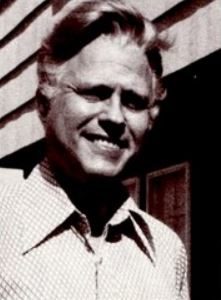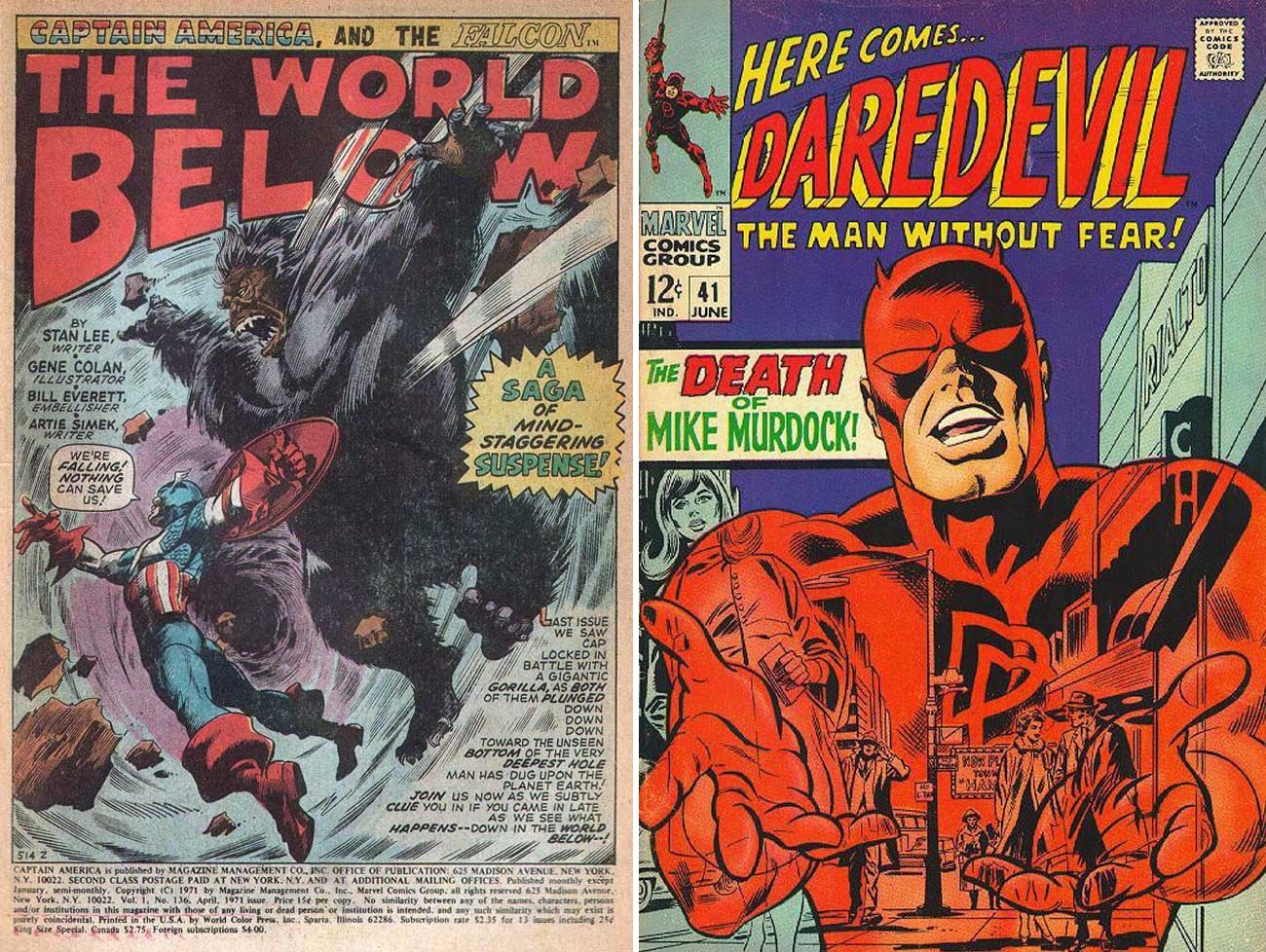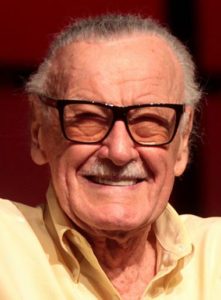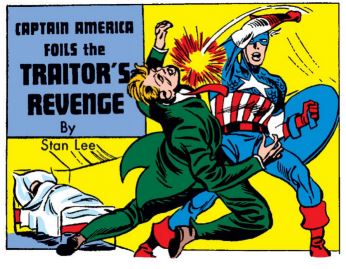The Man Behind Captain Marvel

Gene “the Dean” Colan
Eugene Jules Colan (1926-2011) was born in The Bronx to a Jewish family that had changed their last name from “Cohen”. He started drawing when he was just three years old, and spent most of his time afterwards either drawing or reading comics. At 18, he got his first summer job drawing comics. Colan enlisted in the US Army shortly after, and was posted to the Philippines. During his service there, he sent his artwork to the Manila Times, and won an award for it. In 1946, he returned to New York and showed a sample of his work to Timely Comics, later renamed Marvel Comics. Stan Lee hired him on the spot, giving him a job as a “staff penciler” for $60 a week. Colan’s first feature cover was an issue of Captain America. Unfortunately, the comics industry went downhill, and Colan was let go. He did freelance work wherever he could, including at DC Comics, but eventually left the industry. He worked a menial job as an educational illustrator, struggled financially, and went through a difficult divorce. Thankfully things turned around a couple of years later when his second wife inspired him to go back into comics. Colan returned to Marvel during its “Silver Age”, taking over the story line of Iron Man, and introducing his first superhero, Sub-Mariner. He then took on Captain America, Doctor Strange, and Daredevil. In 1967, he and Stan Lee created a popular new character, Captain Marvel, and two years later, they introduced Falcon, the first African-American comic book hero. That same year, Colan and Arnold Drake co-created Guardians of the Galaxy. Throughout the 70s, Colan worked on perhaps his greatest project, the hugely popular 70-issue The Tomb of Dracula. In this run, he created (together with Marv Wolfman) the vampire-slayer Blade. Blade went on to become the first successful Marvel character adapted to film with 1998’s Blade, starring Wesley Snipes. The movie is credited with launching the comic book film craze, leading directly to the Marvel Cinematic Universe, now the highest-grossing film franchise of all time. In 1981, Colan signed with DC and took on Batman, becoming his primary illustrator until 1986, and playing a key role in reviving DC Comics. He also worked on Wonder Woman, and designed her new logo. Colan returned to Marvel once more and worked on Black Panther, then Blade, and Daredevil, among others. By this point he was nearly blind, yet somehow, amazingly, still found ways to continue his artwork. His last comic was Captain America #601 in 2009 – done when he was 83 years old! It earned him a prestigious Eisner Award, the “Oscars of comics”. Colan was renowned for his absolutely unique style, once described as “painting with a pencil”. Along with many other awards, Colan was inducted into the Will Eisner Comic Book Hall of Fame. The latest film in the Marvel Cinematic Universe, Captain Marvel, based on the original work of Colan (together with Roy Thomas), opens in theatres this Friday.
14 Facts About the Code of Jewish Law
Words of the Week
A creative man is motivated by the desire to achieve, not by the desire to beat others.
– Ayn Rand

The film that would lead to the Marvel Cinematic Universe, Blade, and the latest film in the MCU, Captain Marvel, are based on characters co-created and first visualized by Gene Colan.

Gene Colan’s cover art for Captain America #136 (1971) and Daredevil #41 (1968). (Credit: TCJ.com)



